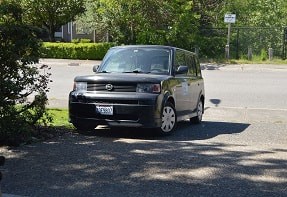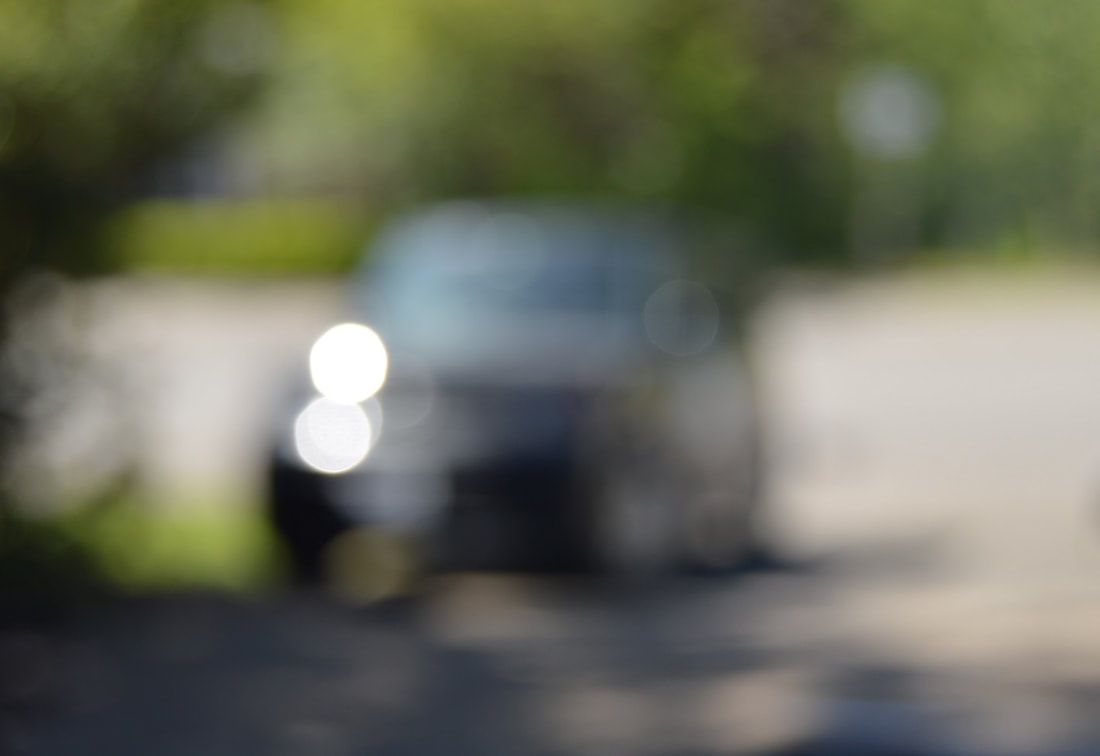On CompositionStudying and practicing composition is a very worthwhile endeavor, especially if venturing beyond "mere" drawing.
There are many approaches to this, and rules or guides, like the rule of thirds that grew out of the employment of the golden ratio (1 to 1.618, or .618 to 1), can be generally helpful. But I've found that the practice of seeing the arrangements of light and dark shapes (rather than things) within the space of the frame of a paper or canvas develops a better sense of composition than any other method. The practice of drawing thumbnail sketches of about 1.5 x 2", and in about a minute or less with a soft pencil, helps to simplify what you see and translate it quickly in terms of what's called a notan drawing--one that is only black and white, no gray, no detail. |
Practicing composition with your cellphone camera:
Using the camera on your cell phone (or the real thing), hold it up and look at the scenery in front of you. Notice the light and dark areas (forget about any detail). Now move the camera around slowly, and notice how the shapes of light and dark change in their arrangements with regard to the edges of the frame of the picture. As you practice this, you will begin to develop a sense of what shapes and their arrangements are more pleasing, or more interesting. This is the sense of composition you are developing. As you slowing pan the camera to the side, for example, the composition changes, as some things/shapes move out of the field of view, and others come into view. Often times you can squint at the view screen so that more detail is removed, and you can more readily see the main lights and darks. Those Devilish Details You will tend to notice particular details and often think that they make for a good composition; it's very possible, but perhaps more often than not, the details will distract you from seeing the main composition. Perhaps a better practice is with a camera of which you have control of its focusing. I've found this a very helpful practice to look at your subject with the camera completely out of focus. There is a benefit here over squinting, I think. With squinting you tend to lose color to more basic values; through an out-of-focus camera you see that colors remain truer. Notice too the main highlight in the two images below; when out of focus, the highlight really stands out as more of a possible focal point. |

